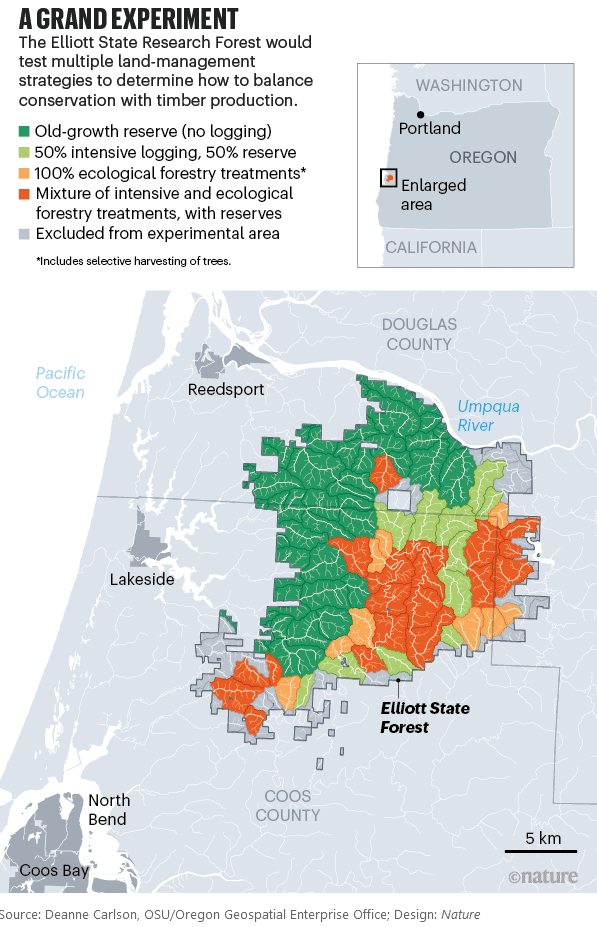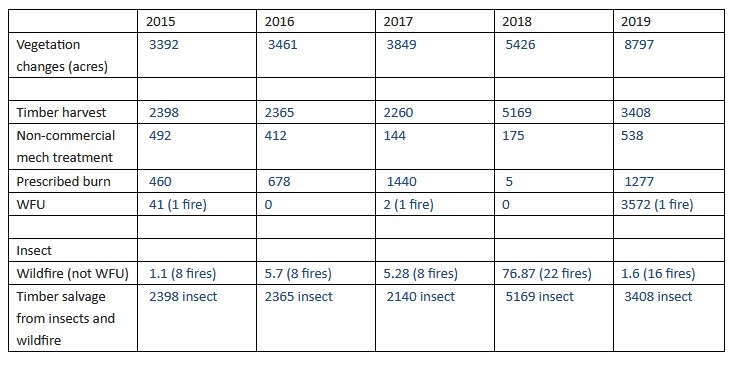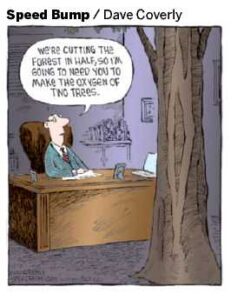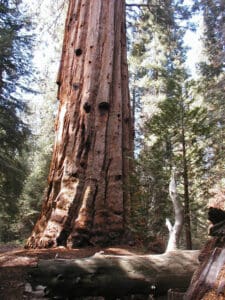“Science is clear: Catastrophic wildfire requires forest management” was written by Steve Ellis, Chair of the National Association of Forest Service Retirees (NAFSR), who is a former U.S. Forest Service Forest Supervisor and retired Bureau of Land Management Deputy Director for Operations—the senior career position in that agency’s Washington, D.C., headquarters.
I have extracted a few snippets (Emphasis added) from the above article published by the NAFSR:
1) Last year was a historically destructive wildfire season. While we haven’t yet seen the end of 2021, nationally 64 large fires have burned over 3 million acres. The economic damage caused by wildfire in 2020 is estimated at $150 billion. The loss of communities, loss of life, impacts on health, and untold environmental damage to our watersheds—not to mention the pumping of climate-changing carbon into the atmosphere—are devastating. This continuing disaster needs to be addressed like the catastrophe it is.
2) We are the National Association of Forest Service Retirees (NAFSR), an organization of dedicated natural resource professionals—field practitioners, firefighters, and scientists—with thousands of years of on the ground experience. Our membership lives in every state of the nation. We are dedicated to sustaining healthy National Forests and National Grasslands, the lands managed by the U.S. Forest Service, to provide clean water, quality outdoor recreation, wildlife and fish habitat, and carbon sequestration, and to be more resilient to catastrophic wildfire as our climate changes.
3) As some of us here on the Smokey Wire have been explaining for years, the NAFSR very clearly and succinctly states:
“Small treatment areas, scattered “random acts of restoration” across the landscape, are not large enough to make a meaningful difference. Decades of field observations and peer reviewed research both document the effectiveness of strategic landscape fuel treatments and support the pressing need to do more. The cost of necessary treatments is a fraction of the wildfire damage such treatments can prevent. Today’s wildfires in overstocked forests burn so hot and on such vast acreages that reforestation becomes difficult or next to impossible in some areas. Soil damage and erosion become extreme. Watersheds which supply vital domestic, industrial, and agricultural water are damaged or destroyed.”
4) This summer, America watched with great apprehension as the Caldor Fire approached South Lake Tahoe. In a community briefing, wildfire incident commander Rocky Oplinger described how active management of forestlands assisted firefighters. “When the fire spotted above Meyers, it reached a fuels treatment that helped reduce flame lengths from 150 feet to 15 feet, enabling firefighters to mount a direct attack and protect homes,” The Los Angeles Times quoted him.
5) And in a Sacramento Bee interview in which fire researcher Scott Stephens was asked how much consensus there is among fire scientists that fuels treatments do help, he answered “I’d say at least 99%. I’ll be honest with you, it’s that strong; it’s that strong. There’s at least 99% certainty that treated areas do moderate fire behavior. You will always have the ignition potential, but the fires will be much easier to manage.” I (Steve Ellis) don’t know if it’s 99% or not, but a wildfire commander with decades of experience recently told me this figure would be at least 90%. What is important here is that there is broad agreement among professionals that properly treated landscapes do moderate fire behavior.
6) During my career (Steve Ellis), I have personally witnessed fire dropping from tree crowns to the ground when it hit a thinned forest. So have many NAFSR members. This is an issue where scientist and practitioners agree. More strategic landscape treatments are necessary to help avoid increasingly disastrous wildfires. So, the next time you read or hear someone say that thinning and prescribed fire in the forest does not work, remember that nothing can be further from the truth.

